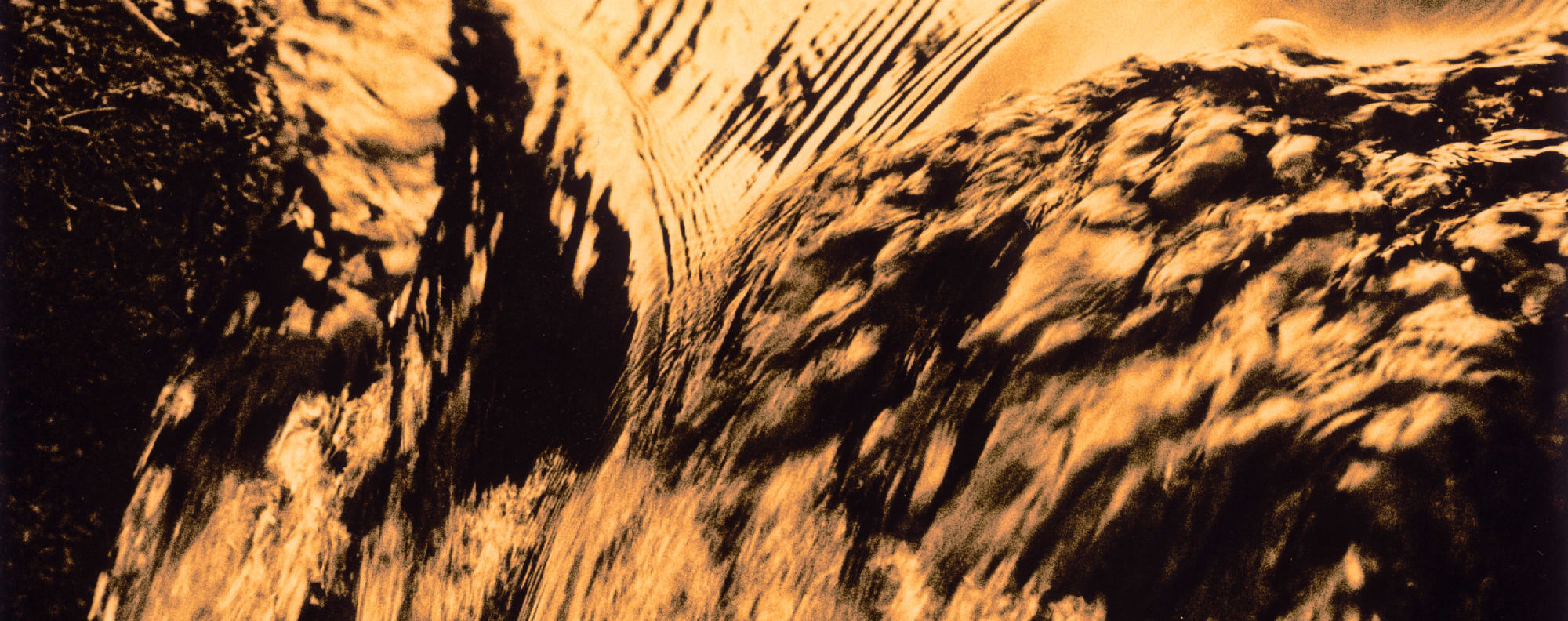In addition, the early color supplements of The Sunday Times, The Observer, and The Daily Telegraph were also publishing regular features with work by Ian Berry, Don McCullin, Terence Donovan, Robert Freeman and even Lee Friedlander. In the same way, fine international photographers were regularly seen in Life, which stopped weekly publication in 1972; Look, which folded in 1971; Queen, which regularly assigned major features to Marc Riboud, Bruce Davidson, Brian Brake among similar photographers; Paris Match and many other international picture magazines which were eagerly scanned by involved photographers.
And do not forget the Yearbooks published by periodicals such as Photography and the The British Journal of Photography.
During the late 1950s Norman Hall, the editor of the former, was a true prophet of photography, a lone voice and a harbinger of things to come. He regularly published the work of then-unknown but later-acknowledged great photographers. That was even more true in his remarkable annuals, The Photography Year Books. Let me give you just one example, from the annual of 1959, a merely subjective selection because it was the year that I began my own career in photographic journalism.
In that year’s book, Hall featured portfolios by Wynn Bullock, Jean-Philippe Charbonnier, Albert Renger-Patzsch among others and an essay, The Seine, by Henri Cartier-Bresson. It also included images by Bill Brandt, Larry Burrows, Philip Jones Griffiths, Inge Morath, George Rodger, Edouard Boubat, Robert Doisneau, Ed Van DerElsken, Mario Giacomelli, Robert Frank, Van Deren Coke, Constantine Manos, Arthur Rothstein, Ernst Haas and a veritable who-was-who in international photography, with representations from France, Germany, Holland, Italy, Japan, Sweden, Switzerland as well as from Britain and the USA. Let me repeat for emphasis: this was in 1959! So who now dares say that British photographers were unaware?
The BJP also produced picture annuals during the 60s but, lacking a Norman Hall, the picture selections were of uneven merit although each edition did include occasional fine images by major international names, especially when picture-edited by Bryn Campbell.
In Europe we looked to the fine Swiss magazine, Camera, edited by an American, Alan Porter, which showcased the best of ink reproduction available at that time and also published portfolios of fine photography of the past and present.
I should also mention photokina, held every two years in Cologne, Germany. Although primarily a trade show, it always included a Cultural Section of exhibitions, often by some of the best European photographers, organized for 20-plus years by Fritz Gruber, and accompanied by a handsome catalogue for those who could not attend in person.
Before leaving the topic of photographic periodicals I must mention the most important one of all – and its title might come as something of a surprise: Popular Photography. True, this magazine carried a surfeit of advertisements, then as now, and its main readers were techno-amateurs, but consistently throughout the 1950s and 60s it published the most in-depth and comprehensive features on the greatest photographers. They remain some of the most important essays ever written about the major figures in the medium (and should be collated into an anthology).
And it should be noted that its staff writers were some of the most knowledgeable people in the field at the time. They knew everyone. They might have been (mere) photographic journalists working for an amateur periodical but they were an elite corps of experts for which there is no contemporary equivalent. They included Ed Meyer, who studied under Ralph Hattersley (a pioneer in photographic education) alongside Bruce Davidson, Jerry Uelsmann and Pete Turner; Ken Poli; Charles Reynolds and Bob Schwalberg. During the next few years they would all become friends, and strong supporters of what was happening in Britain. They provided one-step access to who-was-who in contemporary photography, especially in the USA.
I could continue listing our sources of information ad nauseum but the conclusion is: The core of British professionals were not isolated or ignorant or uninformed. Through publications of all kinds they participated in a thriving international fraternity of photographic excellence.
Publications are (more or less) permanent, existing as documents of record. But the most active and energizing activity by which photographers shared images and ideas was personal contact. As this aspect of the 60s scene in England does not have a record, it might be overlooked by historians. It is therefore of even greater importance to touch upon this essential element.
